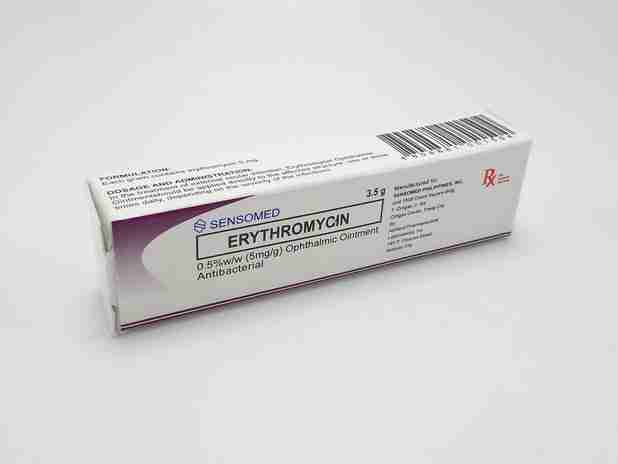Blepharitis Treatments & Medications

A visit to an eye doctor may be necessary if at-home treatments fail to calm the irritation and inflammation. There may be a need for prescription oral antibiotics, eye drops, topical ointments, and steroids to clear up the infection. Treatment options may include; (7)
Medications
Medications to treat blepharitis are of several types – including;
Medications that fight infection
Blepharitis caused by bacterial overgrowth are treated with antibiotics. Your healthcare provider may prescribe an oral antibiotic or a topical antibiotic based on the severity of the infection. Symptoms of bacterial infections of the eyelids can be relieved with antibiotics applied to the eyelid or taken orally. You can get them in eye drops, creams, and ointments. Antibiotics such as erythromycin and bacitracin are applied to the eyelids to treat blepharitis. Your healthcare provider may prescribe tetracycline or doxycycline if topical treatments do not fully eliminate the infection.
Medications to control inflammation
In general, people who don’t respond to other treatments are treated with steroid eye drops or ointments. If your provider believes you need stronger medicine, steroid eye drops or cream can be added to your treatment plan. Steroids are used to reduce inflammation. When underlying conditions or secondary infections are present, antibiotics and anti-inflammatories may both be prescribed.
Combination treatment
Antibiotics and corticosteroids are usually combined to treat blepharitis more effectively. Antibiotics and steroids alone are less effective than combinations of both. Blephamide combines a corticosteroid (prednisolone acetate) and an antibiotic (sulfacetamide sodium). Topical ointment and eye drops are available.
Medications that affect the immune system
Blepharitis symptoms can be relieved by topical cyclosporine (Restasis). Restasis has been shown to reduce inflammation in cases of posterior blepharitis. They work by suppressing the immune system of the body, thereby reducing inflammation.
Eyelash Mite Treatment
You may be prescribed a medication that kills parasites when eyelash mites cause blepharitis. Demodex eyelash mites can be eradicated with Stromectol (ivermectin), an oral drug. Two doses of the medication are administered weekly.
Treatments for underlying conditions
Rosacea, seborrheic dermatitis, and other diseases may cause blepharitis. These conditions don’t respond to topical ointments or drops commonly used to treat blepharitis, rather they require specific treatment.
Using intense pulsed light or other treatment options may help unclog the glands. However, it is rare for blepharitis to completely resolve. Despite successful treatment, the condition is frequently chronic and requires daily cleansing of the eyelids. The condition could be caused by localized eyelid cancer – if only one eye is affected, the condition isn’t responding to treatment or if you’ve lost your eyelashes.
